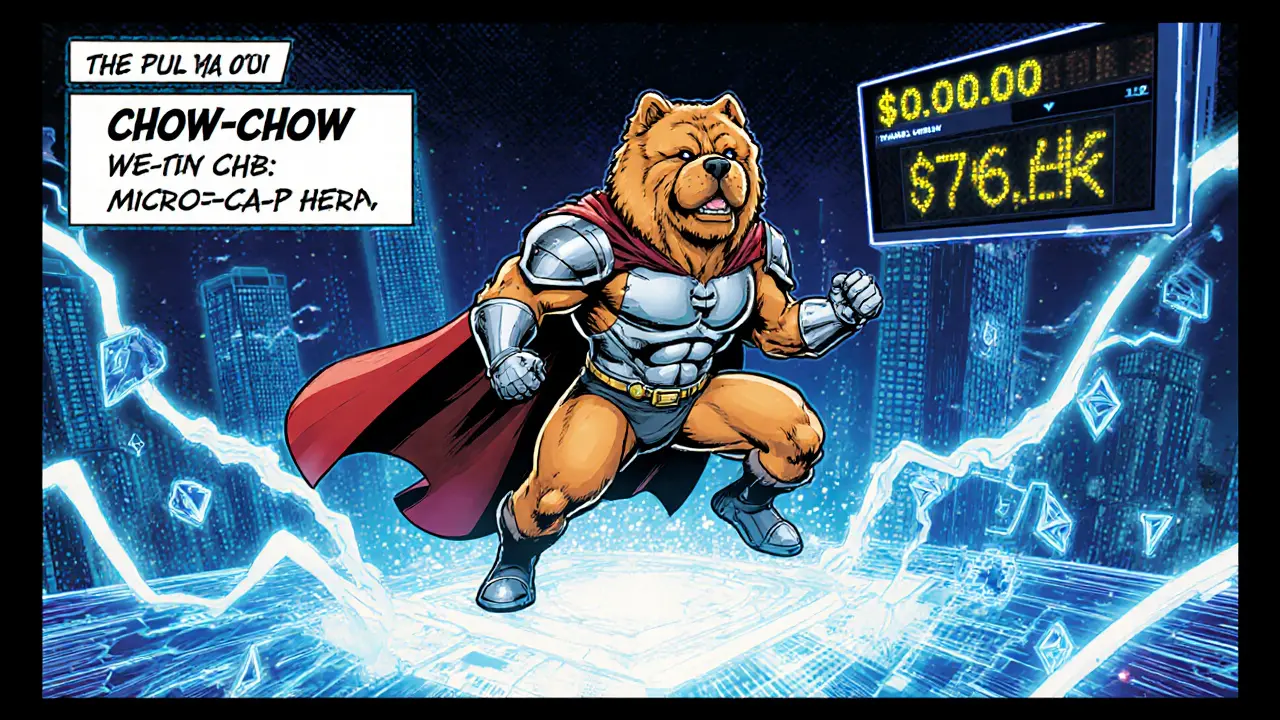When talking about Meme Coin, a cryptocurrency that rides on internet jokes, viral trends, and community hype. Also known as memecoin, it often starts as a playful project before catching investor attention. The core idea is simple: a coin gains value because people talk about it, share memes, and pump it on social platforms. That social‑driven price pressure creates a feedback loop where more chatter leads to higher demand, and higher demand fuels more chatter. In short, meme coins turn online culture into market moves.
Many meme coins launch with an airdrop, a free distribution of tokens to early supporters or community members to spark buzz and grow the user base. The airdrop fuels social media chatter, which in turn boosts the coin’s visibility on crypto exchanges, platforms where users can buy, sell, and trade digital assets. This cycle—airdrop to exchange listing to price surge—creates the fast‑paced environment meme coins thrive in. A successful airdrop often includes steps like joining a Discord, completing a tweet, or holding a partner token, turning casual observers into active holders. Once listed, the coin’s price chart starts to show the classic “pump‑and‑dump” shape that traders recognize instantly.
Understanding tokenomics, the economic design behind a token’s supply, distribution, and incentives is key to judging whether a meme coin can sustain its hype. Most meme projects use ultra‑low supply numbers—sometimes a few billion or even million tokens—to make each trade look massive on paper. They may also embed burn mechanisms that reduce circulating supply over time, inflating scarcity as demand climbs. When tokenomics align with community sentiment, the market cap, the total value of all circulating tokens calculated as price multiplied by supply can jump from a few thousand dollars to millions in days. That rapid market‑cap growth is what draws speculators, who then add liquidity, creating a self‑reinforcing loop of price and volume.
While the excitement is real, meme coins also carry outsized risk. Price swings can be triggered by a single tweet, a meme trend dying out, or a regulatory warning, wiping out value in minutes. Investors should treat a meme coin like a lottery ticket: only risk what you can afford to lose, and keep a close eye on the token’s community health, exchange delistings, and any signs of a rug‑pull. If you’re ready to dive in, start by checking the coin’s airdrop history, tokenomics sheet, and where it trades. Meme Coin enthusiasts who stay informed can spot the next viral breakout before it rockets, while those who ignore the fundamentals often get burned. Below you’ll find a curated list of articles that break down everything from airdrop mechanics to token‑supply math, giving you the tools to trade smarter.

Learn what CHOW CHOW (CHOW) crypto coin is, its Ethereum basics, community focus, price outlook, buying steps, and key risks in a concise guide.